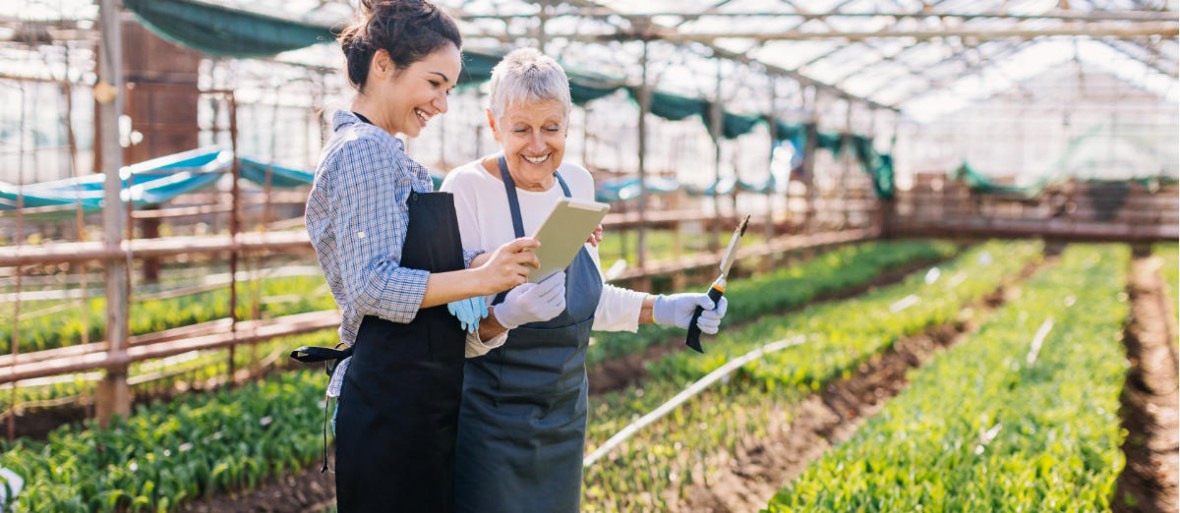Have you ever thought about how energy usage influences the sustainability and the retail price of the products we purchase? Producing a good and moving it from the farm gate to the supermarket shelf involves various activities that consume expensive energy and generate harmful greenhouse gasses. These are two powerful motivators to seek positive change. The good news is that many companies are taking action to reduce their energy consumption. Some projects are relatively straightforward to undertake, while others require considerable investment or strategic collaboration between various players in the supply chain. Here are some opportunities to conserve energy in the fresh supply chain to consider:

When REC Solar recently completed a 1-megawatt solar energy project at Taylor Farms in Gonzales, California, the event marked more than 100 installations for REC Solar in the agriculture sector. Coupled with its existing wind turbine, the Taylor Farms facility can now generate more than 25 percent of its energy requirements during peak periods, supporting its environmental aspirations while securing a reliable and cost-effective power source.
Distribution centers such as a new REI facility in Arizona are also tapping renewable energy. The outdoor gear retailer has installed a 2.2-megawatt solar system at the distribution center, powerful enough to meet all of the facility’s energy needs. REI expects the system to produce free energy for two decades, with a payback of five years.
While an investment in renewable energy infrastructure can be costly, it may provide long-term benefits for cutting energy costs.
Another way to achieve energy cost reductions is by just using less of it. Simple steps ranging from upgrading warehouse doors and seals to installing skylights and motion sensors can make a difference. Look to guides, which provide practical reduction ideas, such as the facility energy checklist provided by EPA’s Energy Star program.
One easy win is through the installation of improved lighting systems. For example, APS Salads, the largest supplier of UK greenhouse tomatoes for Tesco, transitioned from hybrid conventional and LED lighting at its Isle of Wight operation to 100% LED. After its first 12-month cycle, it has reduced its energy consumption by two-thirds, while maintaining product quality, even in winter.
As Kevin Zweier, Vice President, Transportation Practice of Chainalytics recently wrote, "inbound and outbound transportation make up the lion’s share of the distribution costs in a supply chain network. For food and beverage production, these transportation costs account for a whopping 85% of all distribution costs." Product and packaging design which increases product density within a container or overall cube utilization in transport leads to fewer trucks on the road, the need for less fuel, and the release of less CO2.
Thanks to their superior stacking strength, RPCs can help improve cube utilization for retailers by allowing order selectors to securely build taller unit loads, as well as ones that avoid pallet overhang resulting in fewer pallets fitting aboard the trailer.
According to the United Nation Food and Agriculture Organization (FAO), if global food waste was a country, it would rank only behind China and the United States in greenhouse gas emissions. When it comes to energy savings in your supply chain, don’t forget the importance of eliminating product loss. Consider the electrical power and fuel consumed in the growing and shipping of unused and uneaten product. One practical approach to reducing this squandered energy is by utilizing RPCs. Thanks to their sturdy construction, RPCs have been shown to reduce packaging damage by 98%, while their superior ventilation supports better temperature control and longer product life.
There are several avenues available to help us pull the plug on wasted power. Sustainable supply chains are energized for change.
Stay up to date
Want the latest fresh food packaging industry knowledge delivered straight to your inbox? Subscribe to our newsletter and get the latest news, trends, articles and more!
